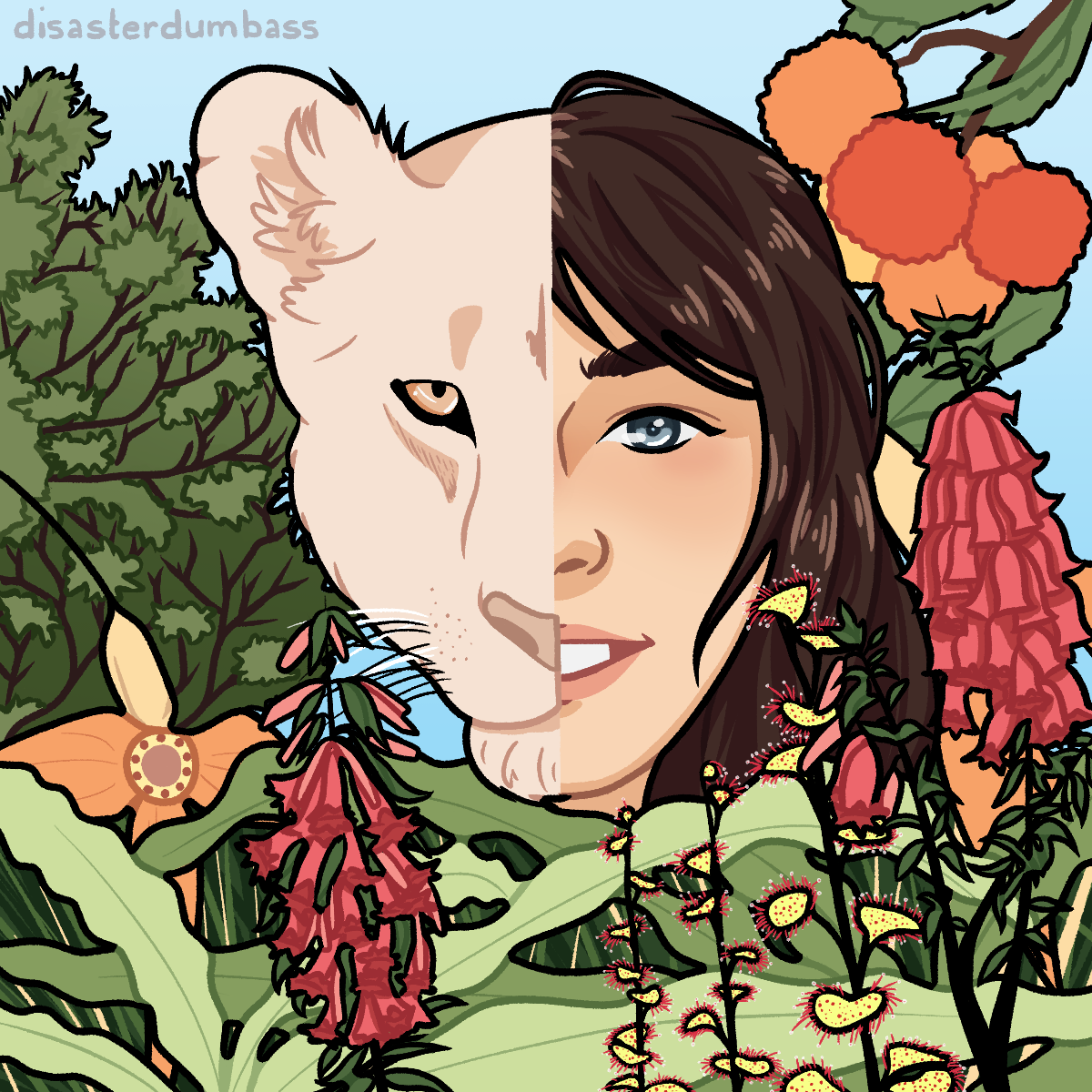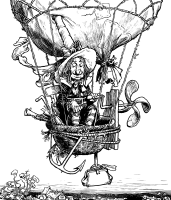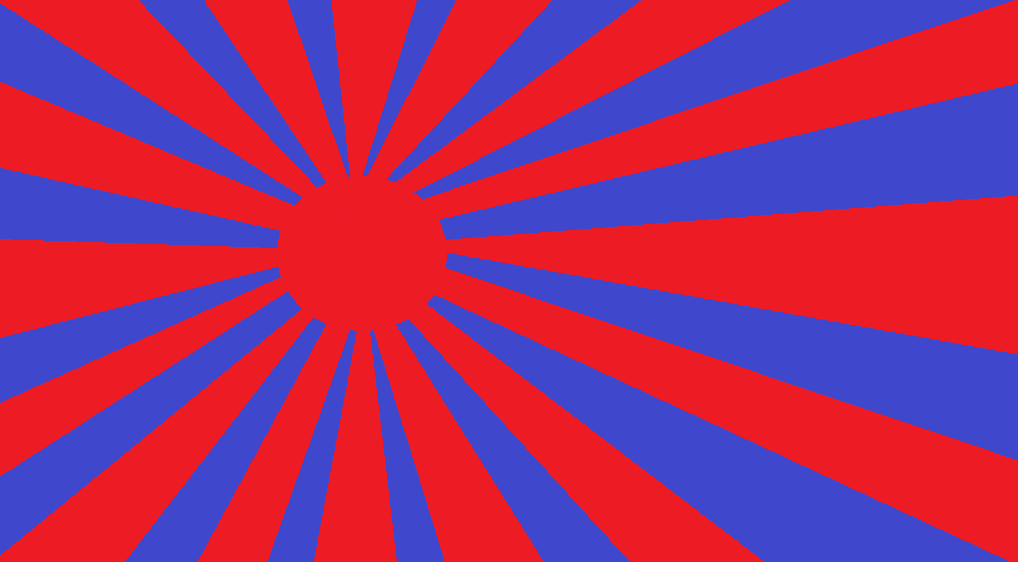Third Northern War
We must fight against the western invaders! They keep ignoring our borders, generation after generation. Those of you who ask me: "why should I fight? they don't threaten us." They will. Slowly but surely, they will conquer more and more of Friac’seoue. And by the time you want to fight back, there will be not enough of us to fight!
Background: The Second Northern War
The Second Northern War had left the northern border shifted towards the east, decreasing substantially the mountain range area that the dwarves were allowed to occupy. The Second Northern War had been a success for the northern people of Friac’seoue thanks to the involvement of a large section of the population of the continent: from halflings and their dire pangolins to centaurs. This had been thanks to the charismatic leader of the Northern Vanaras: Vina. It had also been favourable for those hailing from Friac’seoue because the clan of dwarves who were living in the western side of the mountains (beyond the borders) had entered into a fight with the clans living in the eastern side of the mountains, and refused to ask for help to fight the warPrelude: Living space and trade

Declaration of War

It didn't take long for vanaras to find dwarves. When the scouts found a cave system which was inhabited, a plan was formed. At night, they assembled around the closest cave entrances and started preparing by deploying their armies around the different entrances and setting up the teams which would shape the stone to increase the size of the cave entrances. Before dawn, the druids started to work on the stone, creating large entrances into the caves so that the vanara armies would not experience a bottleneck. At dawn, the vanara army descended onto its enemies and massacred the majority of those within.
Those that managed to get away soon alerted the other parts of the fortress, as well as clans living close by. From their reports, it was clear that they couldn't fight and win; they were vastly outnumbered and worse, they were unprepared. It was decided to make a tactical withdrawal, hoping the vanara army would not be able to track them through the cave system. Runesmiths stepped forward and announced they would be staying behind. Their magical runes would delay the vanara army, and give the rest of the population a chance to escape to safety.
War on all sides
The dwarven country of Skofisbrug solicited help to their neighbours: Skipasmif, Daritiv, and Famaxia. They all three agreed to send troops and food. Once it became clear that the vanaras were after the mountains, and that other areas of Tiel were in danger, other countries started sending help in the form of troops, weapons, food, or clothing. In the end, seven countries from Tiel participated in the war, an army that ended up being called "Seven swords". The vanaras, while initially very successful, soon found that they didn't have enough troops to hold all of the territories that they had amassed. Unable to recruit help from other tribes in Friac’seoue, they were soon overwhelmed by the armies of the Seven Swords coalition. These armies were attacking them from all sides, below ground, above ground, and even from ships, which they used to bypass the mountains and deploy operatives at Friac’seoue's side of the mountains.The result: An overwhelming victory for Tiel


The Vanara's Council
We need to expand. Our great-great-grandparents opened up a new world of possibilities by conquering the dwarven cave system. It is our responsibility now to do the same, to make sure our grandchildren have enough space to live.
Last time the boundaries were broken by the dwarves. Our great-great-grandparents would be ashamed if it was us this time who broke the boundaries










I just love, love, love seeing what you build. Your writing isn't JUST clear, it follows a clean logic allowing me to enjoy it more--sprinkled with beautiful formatting. Such a fan. Gonna leave before I go all mushy on ya. Well done!
Storyteller, Cartoonist,..pretty awesome friend =)
Subscribe to Life of Fiction to see the live results of all this worldbuilding.